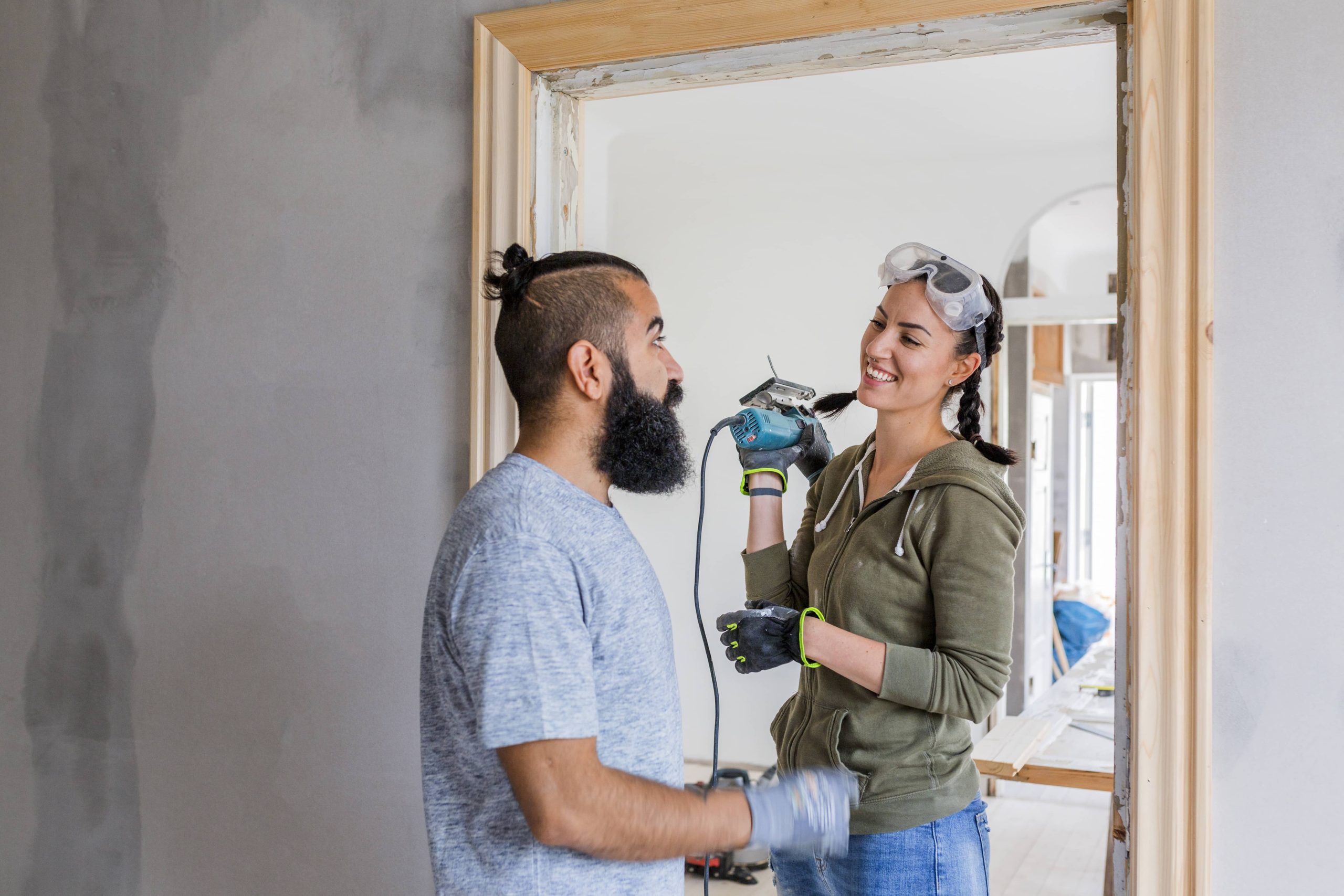
In the cozy corners of our homes, especially those compact spaces where we may feel a bit squeezed in, we often search for ways to create the illusion of more space. Among the most effective tricks up the sleeve of savvy home decorators is the strategic use of mirrors. Not only do they serve a practical purpose, but when used creatively, they can make small rooms appear expansively larger and brighter. Let’s explore how mirrors can transform your home, turning cramped quarters into inviting, spacious sanctuaries.
The Magic of Reflection
Mirrors hold an almost magical ability to visually expand space. This optical illusion is based on their ability to reflect light and images, creating a perception of depth and openness. Unlike walls that absorb light, mirrors reflect light, distributing it across the room, thus enhancing the illumination and making the space seem larger than it is. This is particularly useful in small rooms or apartments where natural light may be minimal.
Strategic Placement Matters
To maximize the benefits of mirrors, thoughtful placement is key. Here are some strategic tips for placing mirrors to achieve the most impact:
1. Opposite Windows: Placing a mirror opposite a window capitalizes on natural light. The mirror captures the light and disperses it throughout the room, brightening the space and creating a sense of openness.
2. End of Hallways: Narrow and dark hallways can benefit immensely from mirrors at the end. This placement not only makes the hallway appear longer but also amplifies any available light.
3. Above Furniture: Larger mirrors above pieces of furniture such as sofas, consoles, or mantels can provide a focal point that draws the eye upward, adding vertical space to a room.
4. Mirrored Walls: For those who want a bold statement, a wall of mirrors or mirrored panels can dramatically open up a small room. This might not suit every taste or style, but when done correctly, it turns the whole surface into a dynamic area that actively contributes to the room’s spacious feel.
Style and Design Considerations
When integrating mirrors into your interior design, keep in mind that they are not just functional; they are also decorative elements that can enhance your aesthetic. Here are some design tips:
1. Frame Style: The frame of a mirror can influence its impact on the room’s decor. Simple, frameless mirrors often blend into modern and minimalist styles, seamlessly extending space. In contrast, ornate frames can add a touch of elegance and serve as a statement piece in more traditional designs.
2. Shape and Size: The shape of the mirror sets the tone of the room. Rectangular and square mirrors provide a classic look, while round and oval mirrors soften spaces with their curves. For a room to appear larger, bigger is generally better as it reflects more of its surroundings.
3. Grouping and Patterns: Grouping smaller mirrors together in a pattern can create a unique design element while still providing the benefits of illusionary space expansion. This approach allows flexibility and creativity with the arrangement.
4. Lean or Hang?: Leaning mirrors against a wall, rather than hanging them, adds casualness and can especially enhance contemporary spaces. Large leaning mirrors are particularly effective in bedrooms or living rooms.
Practical Tips for Mirror Maintenance
While mirrors offer myriad benefits, they do require some maintenance to keep them looking their best. Regular cleaning with a lint-free cloth and glass cleaner will keep your mirrors sparkling. For eco-friendlier cleaning, a mixture of water and vinegar can also do wonders. Be mindful of the positioning concerning sunlight to prevent undesired fading of furnishings due to reflected UV rays.
Beyond Mere Reflection
Mirrors can serve purposes beyond their fundamental reflective nature. They introduce layers and dimensions in a room, creating rhythm and flow. In areas where space is a luxury, such as tiny apartments or compact urban homes, mirrors provide a cost-effective solution for an airy and open atmosphere without knocking down walls or investing in costly renovations.
They also pave the way for artistic expression. Express your individuality by selecting mirrors that act as art pieces themselves, reflecting not only light and space but also personality and style.
Conclusion: Reflect and Enlarge
In the realm of home improvement and interior design, mirrors are indispensable tools. They are not merely surfaces to check one’s reflection but are powerful design elements that enhance spatial perceptions. So next time you feel hemmed in by four walls, consider the power of mirrors to reshape your environment.
In maximizing the potential of mirrors, you will not only alter the aesthetic dynamics of your room but also improve its functionality. With a well-placed mirror, even the smallest room can inspire feelings of peace, openness, and delight — transforming a humble space into a grand haven for everyday living.













